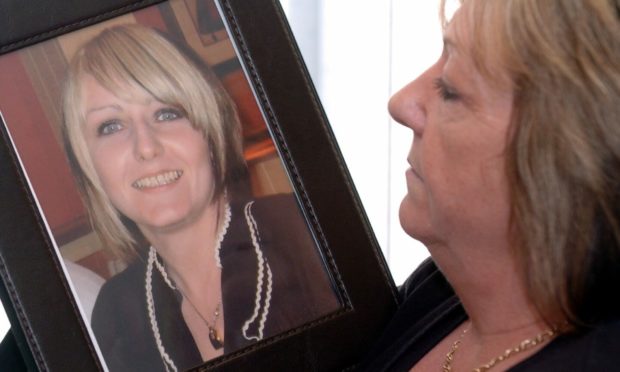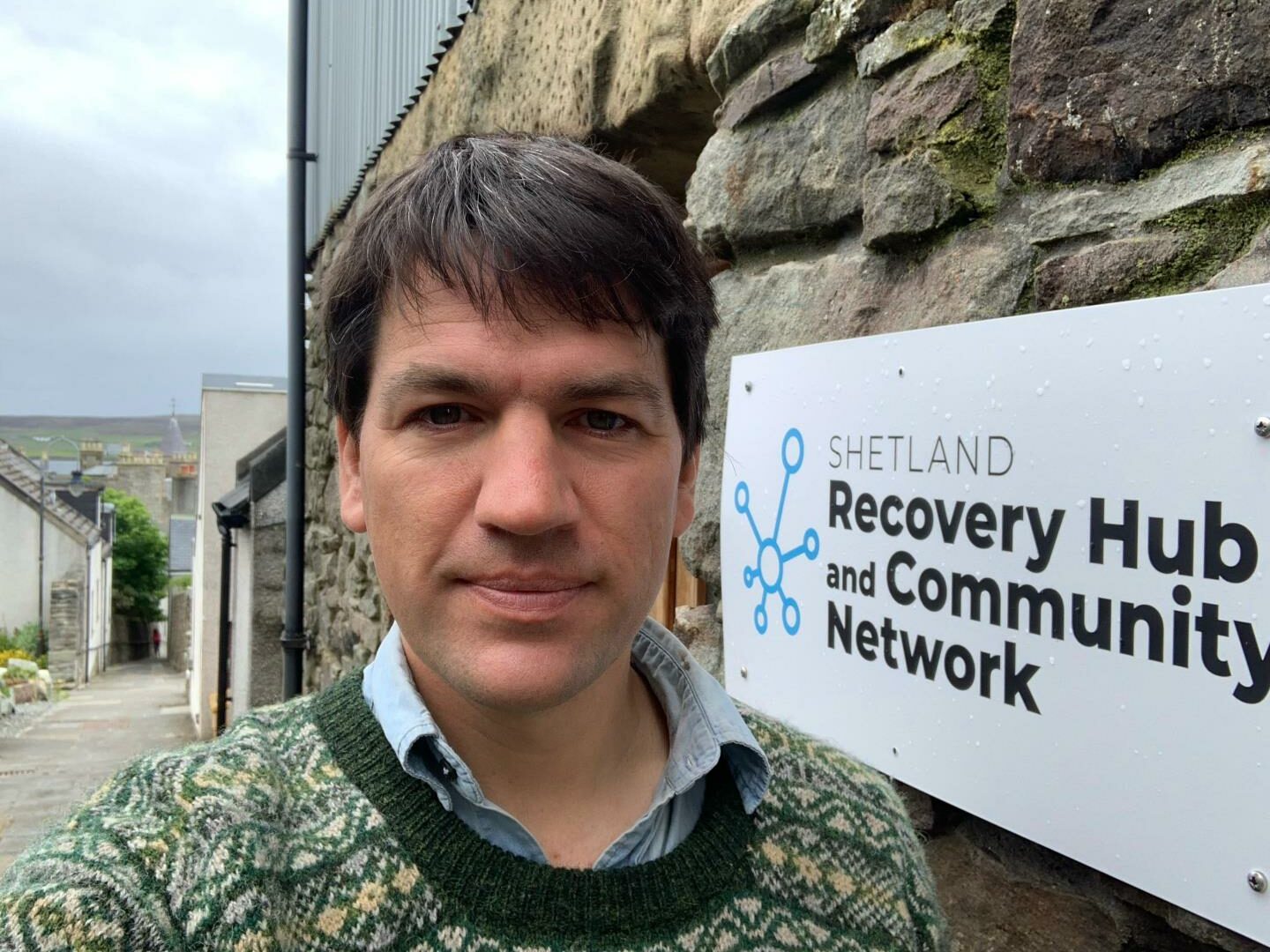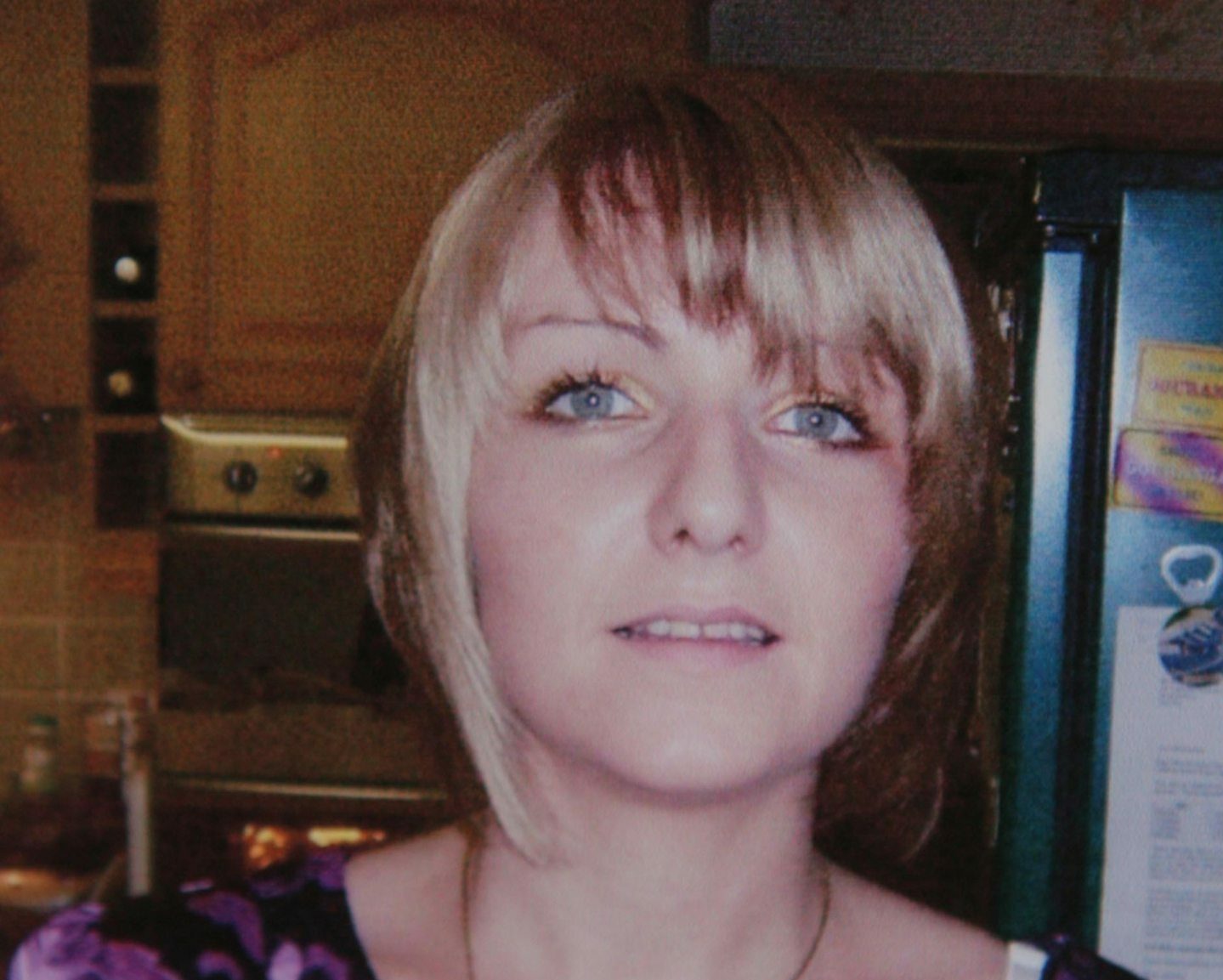A north east pediatrician is calling for the legalisation of heroin to safeguard children.
Dr Alex Armitage said he has witnessed a shift in child protection and wants problematic users to be prescribed medical-grade heroin instead of methadone.
This, he believes, will lower Scotland’s towering drug death rate, slice the bottom out of the multi-billion-pound drugs market, and cut violent and organised crime.
Kate Shanks whose 30-year-old daughter Suzanne died of a suspected heroin overdose in 2009, says he has her full backing.
“They need to legalise it,” she says. “The problem’s too big, it’s not going to stop now.”
‘Too many people dying’
Dr Armitage is campaigning for a heroin assisted treatment pilot scheme mirroring a project in Middlesbrough.
It is a medical treatment for people with long-term dependency on heroin, who have not responded to traditional drug treatments such as methadone in the past.
Twelve people have taken part in the programme, and their quality of life has improved dramatically with their use of illegal opiods reducing by almost 98%.
Overall substance use has gone down by 48% and attendance rates at the programme are running at 98%.
Opinion on heroin assisted treatment is divided, however Dr Armitage says it is needed in Scotland where the drug death rate is higher.
He said: “I think the general public has come to the conclusion that the decades of perceived wisdom about drugs and how we deal with them is not working – we need to do something else – but I don’t think the general public has made that next step into realising that we need a legal regulated supply of drugs so that we can have harm and crime reduction.”
Children are at risk
The children’s doctor, who works at NHS Shetland and NHS Grampian, and who helped to rewrite the drugs reform policy of the Scottish Green Party, believes children will be protected from heroin assisted treatment.
He said: “I have worked as a children’s doctor for 10 years now. Child safeguarding is a core part of our medical practice, picking up when children are being abused.
“When I started, the focus of child protection was on young babies who’d had shaken baby syndrome, parents who couldn’t cope and physically harmed their young children.
“Obviously that’s tragic and hasn’t ended, but in the last 10 years since I’ve been a practicing pediatrician, I’ve witnessed a shift in the focus of child protection.
“Doctors now are being taught about how to pick up the signs of when teenagers have got involved in drug trafficking, vulnerable children being groomed and being brought into the violent drugs trade – and that’s all new.
“Of course, it existed 10 years ago but not on the level that it does now. It’s a huge challenge – and if you’re a social worker with your budget cut how can you even begin to help these young people and their families?”
‘War on drugs does not work’
Mr Armitage adds: “What we have seen with the so-called war on drugs with the last 50 years has been a cycle of harm violence and abuse that just gets worse and worse and worse and I don’t think there is any appreciation of the fact that none of the police actions really work.
“Yes, they do take a few hardened criminals off the streets, but one of the people that I campaign with is an ex undercover police officer called Neil Woods.
“He was telling me that as a police officer, you work for a year or 18 months gathering evidence to take down a big drug lord, you get everything organised and you put yourself and fellow officers at risk trying to get this evidence and then you do your big bust you get the guy in handcuffs.
“He goes down for 15 years or so but after all that work you manage to disrupt the supply of heroin in your community or city by maybe a few days or sometimes a few hours.
“Instead of making the streets safer it is often the case that the person who takes control of the drug supply is more brutal because in order to be able to evade the police they have to use much more brutal tactics to do that.”
‘Heartbreaking end’
He added: “The evidence shows that you just have to prescribe heroin to people for as long as they need it.
“You often hear that there is a heroin-user who manages to change their life and then they get a relapse and they go and take heroin again for the first time in a few years and they take the same dose and their body has lost its tolerance and they die – that’s heartbreaking.”
Kate Shanks believes this is what happened to her daughter Suzanne who was found dead in her flat in Culloden after a relapse.
Mrs Shanks said: “That’s 12 years last Saturday since Suzanne died. Time just flies on. The amount of people who have died of the same thing since then is hard to believe.”
She went on: “A lot of people don’t realise heroin-addiction is an illness. I have a couple of people who I still keep in touch with whose grown-up children are addicted and and every now and then they phone up and lean on my shoulder and I try to give advice.
“It’s hard going for some families. I was even approached at the graveyard by a woman who said her son was buried at the other end to where Suzanne is, her son had died of a drug overdose and she has read about me in the paper. She had not had any support from anybody, she was feeling terrible.”
Government in support
A Scottish Government spokeswoman said the country faces a public health emergency in terms of drug-related deaths and a strong body of evidence supported the effectiveness of Heroin Assisted Treatment – showing it can reduce the use of street drugs and increase the likelihood of individuals remaining in treatment.
A spokeswoman said: “Currently this treatment is available only to a relatively small group of people in Glasgow, where a pilot has been operating for the past year.
“The Minister for Drugs Policy recently reiterated her commitment to making this treatment option available in other parts of the country, announced an initial £400,000 would be available in 2021-22 to support this expansion, and her desire to work with any Health Board or Alcohol and Drug Partnership to progress plans for these facilities across Scotland.”
‘Our response is constantly evolving’
Asked to comment, Police Scotland head of drug strategy Assistant Chief Constable Gary Ritchie, said officers were engaged with the Scottish Government’s Drug Deaths Taskforce and other groups to explore “holistic and sympathetic” solutions.
He added: “Police Scotland’s drug strategy is founded on a multi-agency, public health approach to improving the safety and wellbeing of people, places and communities across the country.
“This partnership work is ongoing, and it is demonstrated with the roll out of the police Naloxone pilot and it is constantly evolving in response to emerging issues and escalating concerns.”


